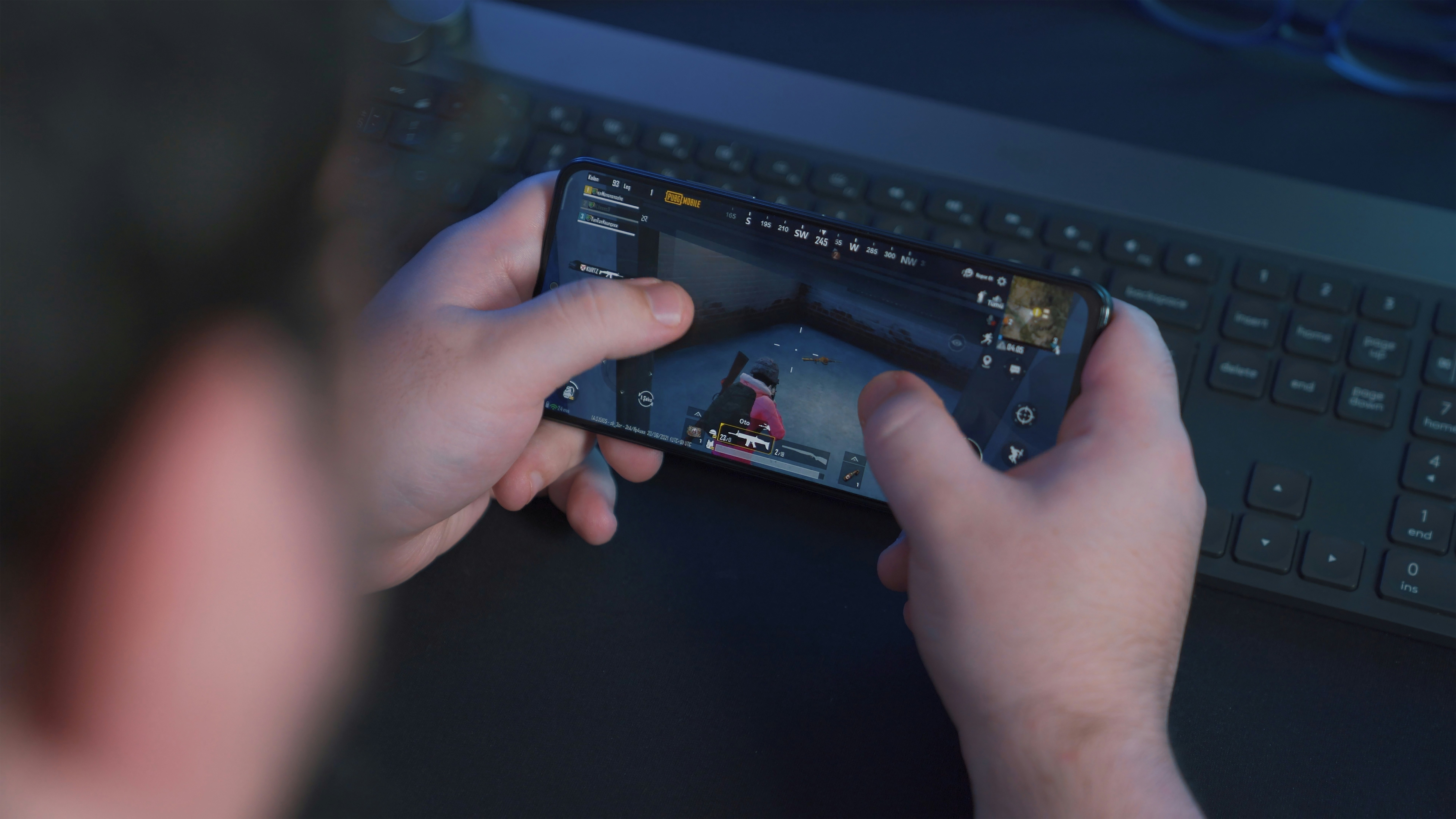 Over the past decade, digital entertainment platforms like Netflix and Amazon Prime have become an essential part of students' lives, dictating not only how learners relax but also how they study and interact with their peers. These digital behemoths have impacted all students, from watching movies to learning online. Below are eight major ways in which these platforms are affecting students' academic and personal lives.
Over the past decade, digital entertainment platforms like Netflix and Amazon Prime have become an essential part of students' lives, dictating not only how learners relax but also how they study and interact with their peers. These digital behemoths have impacted all students, from watching movies to learning online. Below are eight major ways in which these platforms are affecting students' academic and personal lives.
1. Enhanced Learning Opportunities
With the development of resources such as Khan Academy and Coursera, students can now take courses and lectures from universities all over the world, and that, in turn, can enrich their educational experience, especially if students have an interest in a particular subject that isn’t taught at school. Either way, there are plenty of other interesting topics that students would want to find out about. Digital learning also means that students can go ahead at their own pace, re-visiting topics that are difficult to get a handle on and moving faster when they are already familiar with the subject matter.
2. Increased Procrastination
It is expected that people will procrastinate, but we are facing a problem where procrastination is actually increasing due to the convenience of entertainment. With just a few taps, we can connect to entertainment on our phones through apps such as Netflix and YouTube. The incapacity to ignore these apps and platforms ensures that distractions are always at our fingertips. As a result, it is easy to find yourself watching ‘just one more’ video or episode when you had planned to study.
3. Access to a Global Community
Digital platforms help students communicate with peers from all over the world. It is an excellent opportunity for students to learn about different cultures and how people live all over the globe. Using forums, multiplayer games, and social media, students can communicate and interact, which can result in a deepened understanding, respect, and acceptance of others. It is preparing the students for a more connected world.
4. Influence on Mental Health
Digital entertainment platforms can have both positive and negative influences on a student's mental health. Here’s a breakdown of the good and bad effects:
Positive Influences:
- Stress Relief: Entertainment platforms can provide a necessary escape from academic pressures, offering content that helps students unwind and relax.
- Increased Accessibility: They can facilitate access to therapeutic resources or content, such as mindfulness apps, guided meditation, or educational videos on mental health.
- Social Connectivity: Platforms like social media can enhance social interaction and help maintain relationships, especially for students who are geographically separated from friends and family.
- Educational Content: Many platforms offer content that can educate students and make life easier, such as essay writer This can reduce stress and help with anxiety.
Negative Influences:
- Addiction and Overuse: Excessive use can lead to digital addiction, disrupting sleep, studies, and face-to-face interactions, which are crucial for mental well-being.
- Social Isolation: Spending too much time on digital platforms can replace real-world interactions, leading to feelings of isolation and loneliness.
- Sleep Disruption: Binge-watching or late-night gaming can interfere with sleep patterns, leading to sleep deprivation that adversely affects mental health.
- Anxiety and Depression: Constant exposure to idealized representations of others' lives on social media can lead to feelings of inadequacy, anxiety, and depression.
5. Promotion of Multitasking
An abundance of digital platforms invites multitasking – a student can be simultaneously engaged in homework, social media, music, or video. For some, this type of task-switching can be efficient; for others, it can lead to lower productivity and poorer cognitive control.
6. Changes in Consumption Habits
Students consume media very differently from how they used to. Binge-watching shows are commonplace, with streaming services giving access to entire seasons at the tap of a button. Students often stay up late, sabotaging their sleep and concentration for the next day. This can cause them to rely on writing services to get their homework done. If you find yourself in a similar situation, here is a review of a good writing service you can use. Academized is a professional educational platform with years of experience, so you'll be in good hands.
7. Learning Analytics and Personalization
These educational platforms are using analytics to offer a personalized learning experience, tailoring the contents of the course to the pace and preferences of a user. In doing so, these content providers can focus on an individual’s weak points in the process and speed up learning. It signals the beginning of the end of the one-size-fits-all model of education.
8. Encouragement of Creativity
Digital software allows creative expression through digital art studios, music creation apps, and so on. Creativity can be extended to other areas as students can now share their creative work easily. Some students may even find a new interest or even a new career in digital arts, or it can be a multimedia career.
Balancing the Digital Diet
Digital entertainment platforms now constitute a multi-layered, multi-purpose framework that permeates student life, eroding the boundaries between entertainment, education, socialization, and personal development. On the one hand, students have to find the right amount of digital consumption to retain the ability to derive benefits from these platforms, while at the same time preventing overindulgence from distracting them from their real-world responsibilities and obligations. Students also need to prevent digital platforms from affecting their health, diminishing their enjoyment of physical activities, and causing them to lose touch with the real world. Taken together, these are the challenges that students now face in trying to strike the right balance between digital and offline experiences in order to realize the benefits of digital platforms while maintaining their health, productivity, and creativity.







